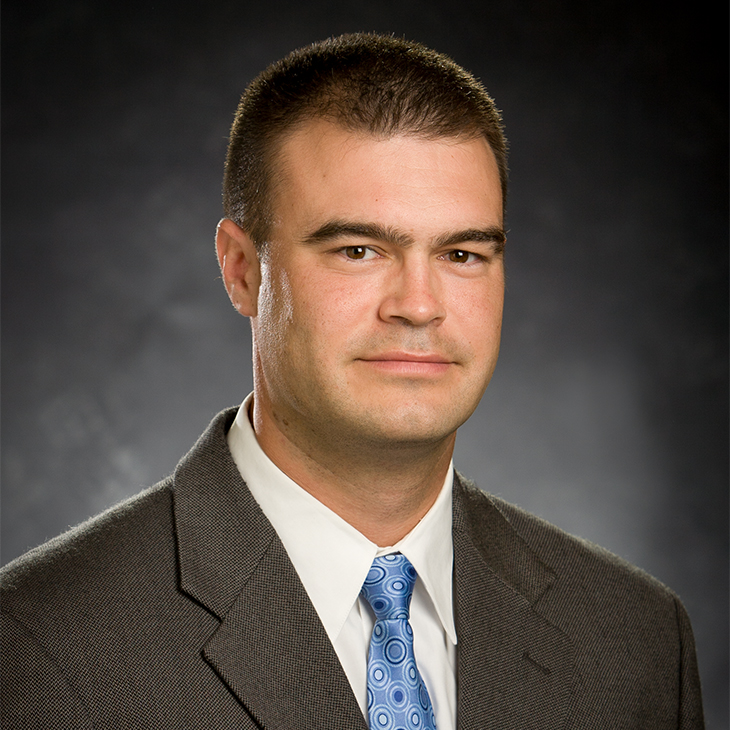
CEAT researcher receives NSF funding to solve challenges of next-gen communication
Thursday, July 20, 2023
Media Contact: Jeff Hopper | Marketing Media Specialist | 405-744-2745 | jeff.hopper@okstate.edu
Oklahoma State University will continue to be an innovator in next generation communications in part because of a Faculty Early CAREER Award from the NSF given to Dr. John O’Hara, an assistant professor in the School of Electrical and Computer Engineering.
O’Hara will be researching solutions to several challenges surrounding wireless backhaul for 6G wireless communication. Backhaul refers to the large bandwidth, usually fiber optic, connection that carries massive amounts of data from numerous wireless and static communication sites to a core network.
“Think of it as a large pipe that connects a lot of smaller pipes to a large collection site,” O’Hara said. “Next generation, 6G communication is likely going to have data transfer rates of up to 1 terabyte per second and we don’t have the system in place to transmit that amount of data wirelessly.”
O’Hara and his team are developing a system that will use terahertz waves as the vehicle for data transmission. Terahertz waves can carry vast amounts of data but behave much like a laser and are subsequently prone to some of the same challenges that lasers face.
Pointing is a major issue with lasers and an unknown factor when dealing with terahertz transmission. If the signal or receiver shifts a fraction of a degree, will that cause a complete loss of signal? If so, what solutions are the most practical to employ?
The team plans to use intelligent reflective surfaces as multifunctional beam controllers. The combination of terahertz and intelligent reflectors allows for the transmission of high bandwidth wireless signals while overcoming the difficulties of using terahertz waves in an uncontrolled environment.
Although it may sound like a straightforward solution, the challenges the team will face require innovative technologies and science to be developed to solve them. Wave fluctuation, environmental variables and data loss during transmission are just a few challenges that the team will encounter.
“Terahertz and next gen communication has a fairly well-defined vision,” O’Hara said. “But not a lot of demonstration to this point. This next generation of wireless communication technology is still in its infancy. It’s like a baby elephant, it may be a baby, but it’s a big baby and will require a lot of effort to tame.”
The research team has already begun experimenting with data transmission in an outdoor
environment. To date, they have been
able to send data over a stretch of 182 meters and are aiming at over a kilometer
for their next milestone.
The goal is to wirelessly transmit an ultra-high-definition video that is delivered via fiber optic cable to the terahertz broadcast system; receive it over a long range through atmospheric conditions; and then convert it back to fiber optic cable for viewing.
If successful, this will serve as a proof-of-concept foundation for 6G wireless communication systems, demonstrate new concepts in intelligent reflective surfaces and reveal the new science governing such systems.
“A distance of 182 meters might not seem like a lot,” O’Hara said. “But that has given us invaluable data and experience that we can use as we lengthen the distance between transmission and receiving points.”
O’Hara and his team also recognize the significant societal impact next generation communications will have, specifically in rural communities that may not have the bandwidth.
While being a respected researcher, O’Hara values the recognition of the NSF CAREER award and attributes his success to an amazing support system and a touch of serendipity.
“I call it luck,” O’Hara said. “I’ve been very fortunate to have been surrounded with immense support and great colleagues and it’s a bit serendipitous, just be at the right place at the right time and capitalize on opportunities that you’re afforded."
